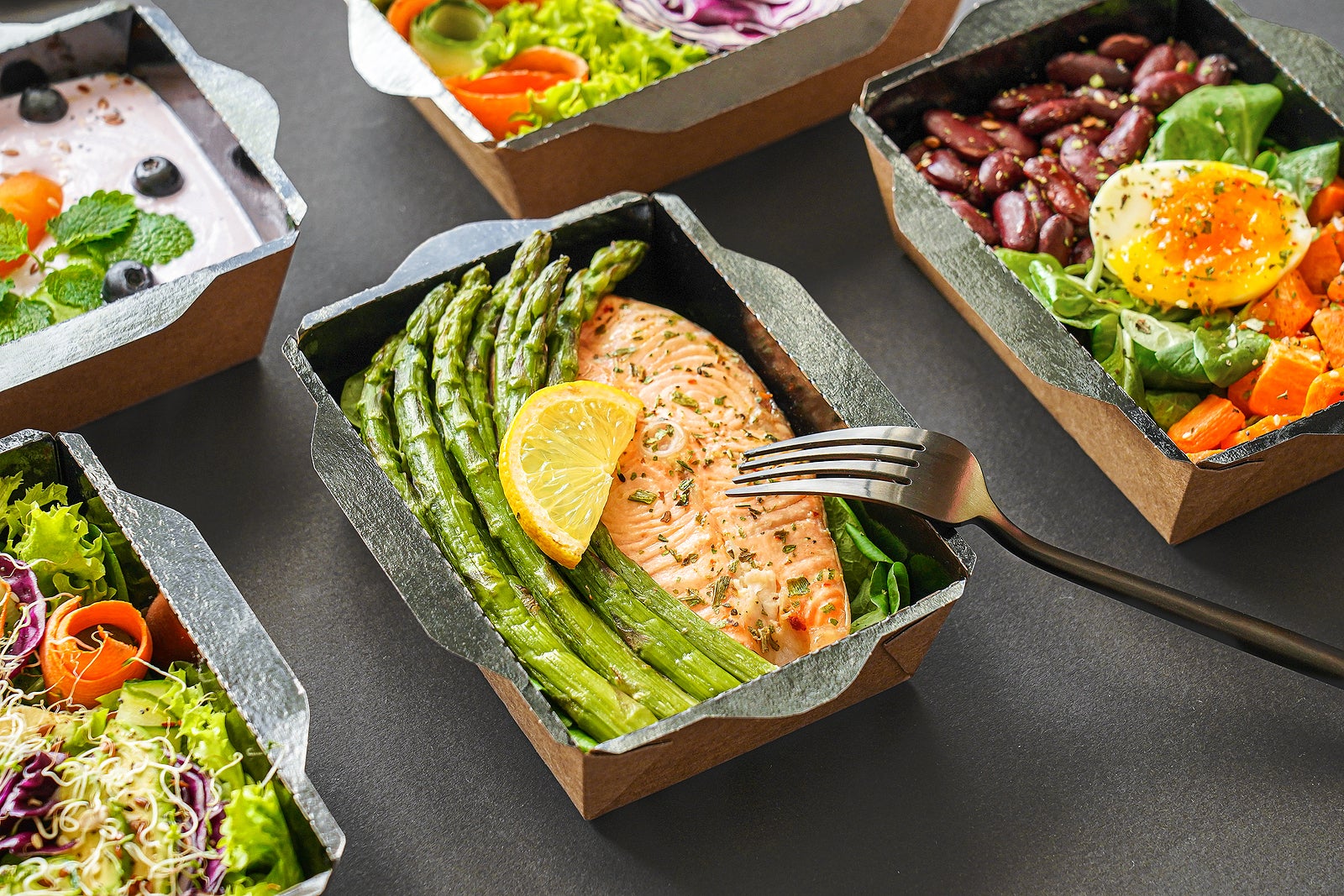
The UK food delivery market has grown considerably over the past few years. Third-party delivery services, like Deliveroo and Just Eat, are working with a whole host of restaurants. Just Eat was the most popular delivery provider in 2019. From coffee to breakfast, you can get nearly anything delivered these days, and the eat-in restaurant industry has taken a hit as a result.
In the last three years, there has been a staggering 39% increase in UK food deliveries. In fact, in 2019 alone, there were 7.5 billion food deliveries made in the UK. With the pandemic and temporary closure of many foodservice options, there has been an apparent surge in food delivery. Restaurants, who previously had no delivery option, joined the third-party delivery trend to survive the pandemic-era.
However, Deliveroo suffered a loss during the pandemic as a considerable portion of their revenue relied on big chain restaurants. As these restaurants shut their doors at the beginning of 2020, delivery providers relied on independent businesses to stay afloat. Small businesses are benefitting from the takeout option as well. In fact, nearly half of the extra 1.6 million meals sold each week in 2020 were from independent companies.
In 2021, the number of smartphone delivery app users is expected to diminish slightly to 44.1 million as eat-in branches reopen. The UK’s restaurant industry has managed to survive the pandemic and is estimated to be worth between £38 and 80 billion, depending on the factors used to define it. Restaurants like Wagamama’s and MEATliquor, are working with delivery providers to produce a mutually beneficial partnership.
However, the delivery market is rapidly growing at 13.4% year-on-year and considerably outpacing the eat-in market. While Deliveroo claims they are helping to strengthen individual operators’ turnover by 30%, they are also competitors to the restaurant industry. A whopping 60% of restaurant-goers used delivery in the last three months.
On average, restaurants are investing 10% of their turnover into delivery services. An increasing number of restaurant owners are joining third-party delivery providers to keep their business revenue afloat. But when the eat-in industry reopens in 2021, will these restaurant owners continue to devote funds to delivery providers?
It is more important now than ever for fast food services to ensure they are covered by insurances and protective policies as well as being competitive in the overactive marketplace. Insurance for takeaway services can provide restaurant owners with a safety net in these tumultuous times for the hospitality industry.
The food marketplace is at a turning point. As we approach the 12-month anniversary of the UK’s lockdown, it is becoming more apparent how coronavirus has affected the UK economy’s key areas. However, as the world returns to normality, there will be more changes to the hospitality industry and, potentially, a rise in the eat-in industry. Most of us are tired of eating-in at this point in the pandemic era anyway, aren’t we?
3138 Views














